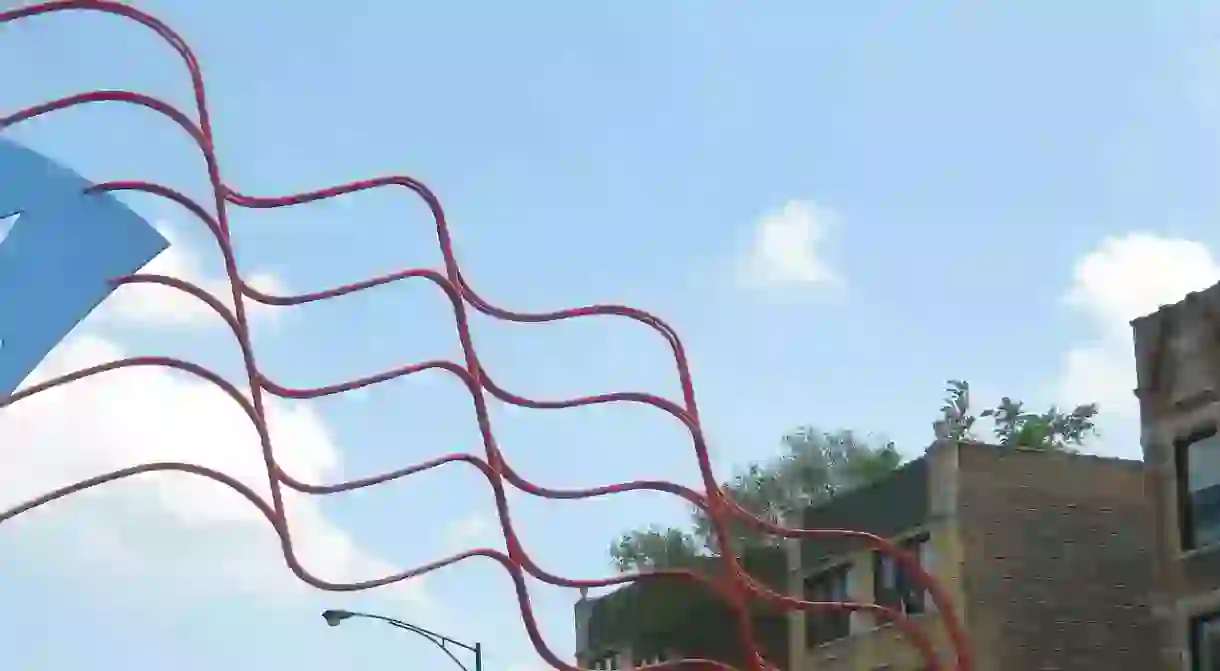A Brief History Of Puerto Ricans In Chicago

Chicago’s culture is made up of dozens of different ethnicities, stitched together to create one cohesive city. Puerto Ricans were unique in their route into the Windy City when compared to their other minority counterparts. But over the course of 70 years, they have definitively ‘weaved’ themselves into the history and fabric of the Midwest.
The first Puerto Ricans coming into Chicago didn’t migrate directly from the island, but rather from New York City. It was a small delegation that came in the 1930s, and the population continued to grow in the 1940s, just north of the downtown area. They didn’t face as many obstacles as other immigrants in this time period due to laws granting Puerto Ricans US citizenship; however, they were still relegated to menial labor and cleaning jobs like so many other minorities.

In the 1960s, the Puerto Rican community was largely displaced due to urban redevelopment. They moved north and west and created new communities in Old Town, Lakeview, Lincoln Park, and Wicker Park. In the summer of 1966, the famous Division Street riots took place after Puerto Rican Aracelis Cruz, who was unarmed, was shot dead by a police officer on the corner of Damen Avenue and Division Street. It incited major neighborhood unrest, prompting police to use tear gas and nightsticks against a crowd that remained in the streets for the better part of a week. This incident caused a lot of reform in the Puerto Rican community’s political and social presence in Chicago, including recruiting more Puerto Ricans into the police department.

Today, the largest contingency calls Humboldt Park home. Along Division Street and between Western and California Avenues is Chicago’s ‘little Puerto Rico,’ famously known as Paseo Boricua. Large pieces of public art flank the street in the form of rippling steel Puerto Rican flags, arching over the road as a gateway to the community. It’s become the economic, political, and cultural Puerto Rican capital of the Midwest, and the only officially recognized Puerto Rican neighborhood in the country. It features street murals, vibrant scenery, traditional shops, and authentic cuisine. People travel from all over to celebrate major Puerto Rican holidays in its streets and bond together.

Roberto Clemente, a famous Puerto Rican baseball player, is honored in the neighborhood with a tiled mosaic and nearby high school bearing his name. Other highlights include the Institute of Puerto Rican Arts and Culture, the only center in the country completely dedicated to Puerto Rican history. The 2010 census counted approximately 102,703 Puerto Ricans living in Chicago, down about 10,000 since the 2000 census. But they also have large communities in the suburbs and migrate between the two as any other ethnic group does.













